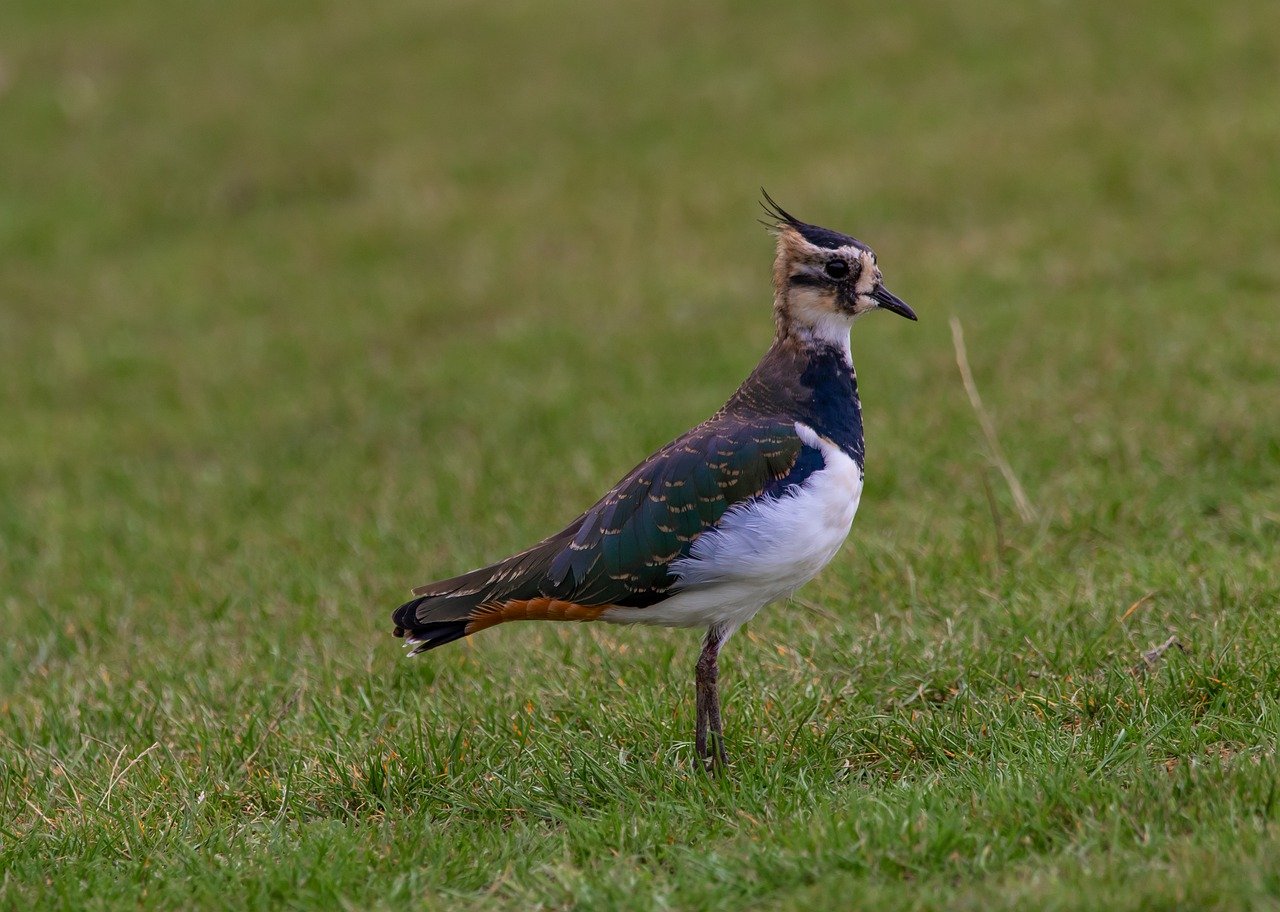Boöverlevnad hos strandängshäckande vadare: den relativa betydelsen av predation och trampskador av betesdjur
DOI:
https://doi.org/10.34080/os.v15.22747Nyckelord:
lantbruk, antropogena effekter, häckningsfamgång, predator-bytesinteraktion, interaktion mellan predator och byte, hot, CharadriiAbstract
Nest survival among eight wader species Charadrii in relation to densities of grazing livestock (0–2 livestock/day/ha) was investigated on Öland, southeastern Sweden in 2004. When analysing a pooled data set of 173 nests, nest survival was not related to densities of livestock. Only six nests were destroyed from trampling by livestock and the estimated trampling risk of nests was low. Another analysis of 122 nests produced significantly negative relationships between nest survival and initiation of incubation. Nests were depredated more often later in the season. Nest survival was not related to livestock density or to vegetation height at nests. Mayfield estimates of hatching success were 2–21% for four of the different wader species. The highest hatching success was found in Lapwing Vanellus vanellus (21%) and Ringed Plover Charadrius hiaticula (20%), and the lowest in Oystercatcher Haematopus ostralegus (2%), while Redshank Tringa totanus had intermediate hatching success (11%). This study indicates that, at current grazing management, predation has a higher relative impact on nest survival of waders breeding on coastal meadows compared to direct and indirect effects of grazing animals.
Nedladdningar

Downloads
Publicerad
Referera så här
Nummer
Sektion
Licens
Författaren/författarna innehar copyright för varje enskilt bidrag, men samtliga bidrag är publicerade under en Creative Commons-licens, så att vem som helst kan dela och återanvända bidraget förutsatt att copyright-innehavaren erkänns.







